

We have had a special place in our hearts for cats for thousands of years. The earliest signs of domesticated cats appear 7,500 BCE on the island of Cyprus, after which we begin to see records of cat burials, paintings, and figurines. Ancient Egypt's love affair took it a step further, revering cats and incorporating them into their religion! Sleek and agile, the earliest domestic cats were no doubt appreciated for their ability to hunt and control vermin, though today they are first and foremost companion animals, edging out dogs as the most popular pet in the United States. The Cat Fanciers’ Association recognizes 44 breeds, and there are a countless number of mixes or “mystery cats” to choose from, all with wonderfully unique personalities!
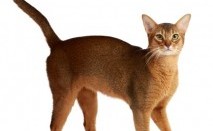 Abyssinian
Abyssinian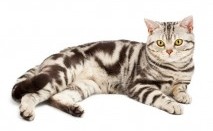 American Shorthair
American Shorthair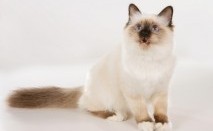 Birman
Birman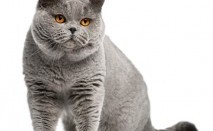 British Shorthair
British Shorthair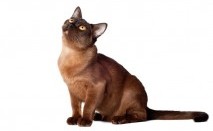 Burmese
Burmese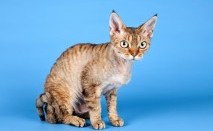 Devon Rex
Devon Rex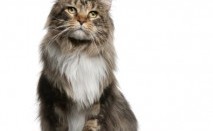 Maine Coon
Maine Coon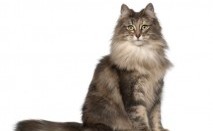 Norwegian Forest Cat
Norwegian Forest Cat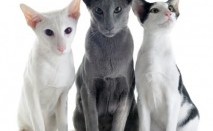 Oriental
Oriental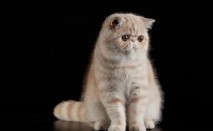 Persian
Persian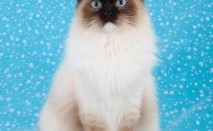 Ragdoll
Ragdoll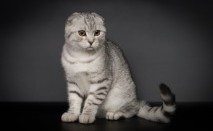 Scottish Fold
Scottish Fold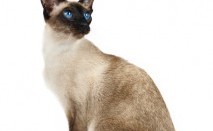 Siamese
Siamese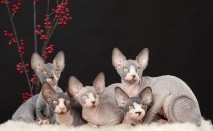 Sphynx
SphynxChoosing a Pet Cat: In most cases, those who dislike cats have never lived with one. They usually feel that cats are independent – do not obey; they are mysterious – you never know what they are thinking. They are aloof -- don't come to you for petting or holding! On the other hand, those who love cats appreciate their independence, like their mysterious nature and are attracted to a pet that is not overly needy: one that will ask for and give affection when they are ready. Older generations in the U.S. grew up mainly with dogs. As homes became smaller in compressed suburban or urban environments the cat gained in pet preference for many more families. Learn more >>
The term “cat nap” refers to a short, light sleep, but it may not be an accurate representation of feline sleeping habits: cats actually spend most of their lives sleeping! A housecat will average 15 hours a day sleeping, with some snoozing up to 20 hours. This isn’t because they are lazy, though, it is because cats are powerful predators, and capturing prey takes an enormous amount of energy. Your cat isn’t hunting gazelle in the Serengeti – she no doubt receives her food in a bowl – but her physiology, not far removed from being a master hunter, still thinks it needs to preserve energy for that next great hunt!
 Discover Animals is a web-based educational resource offered by the NAIA
Discover Animals is a web-based educational resource offered by the NAIA